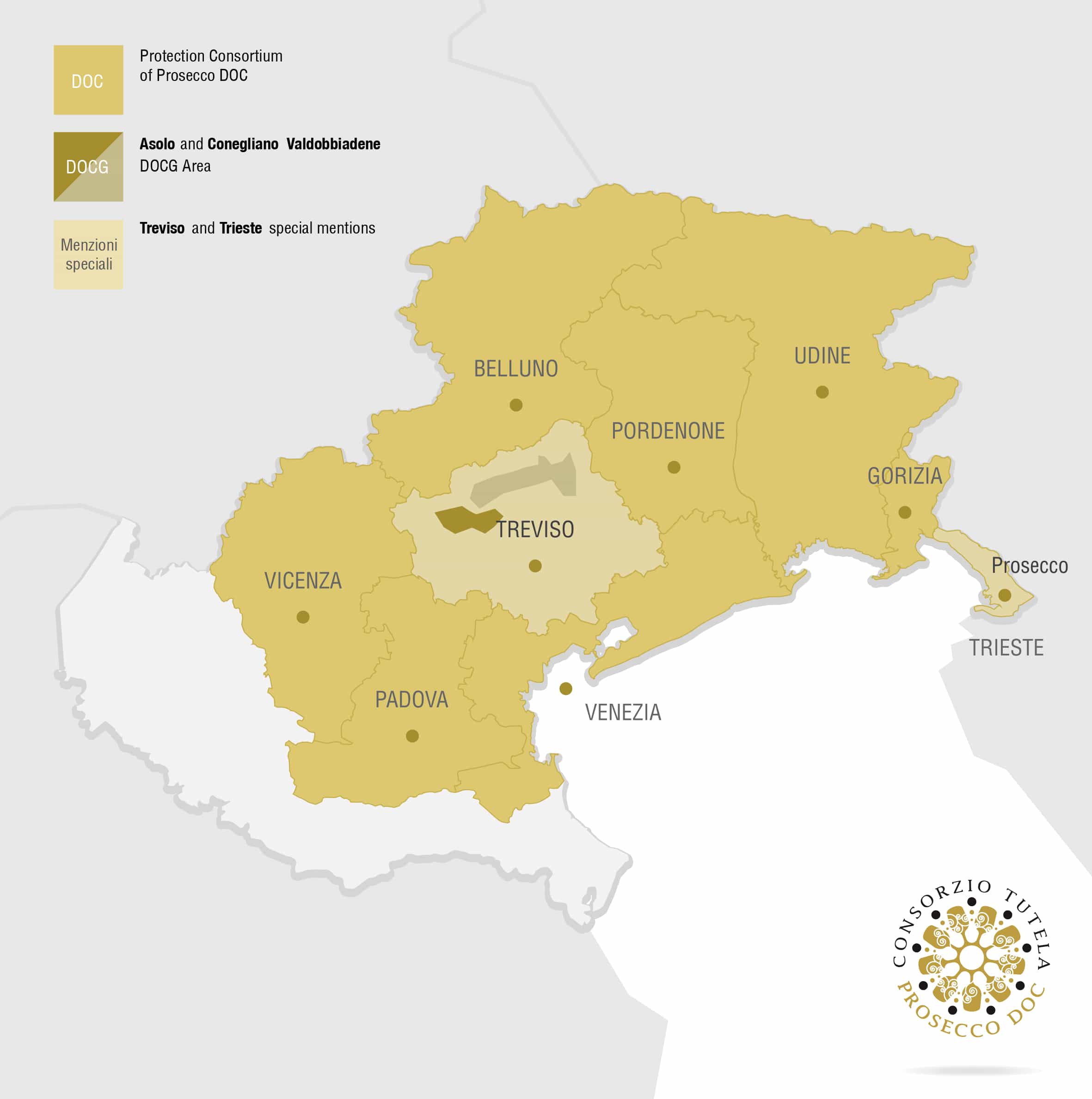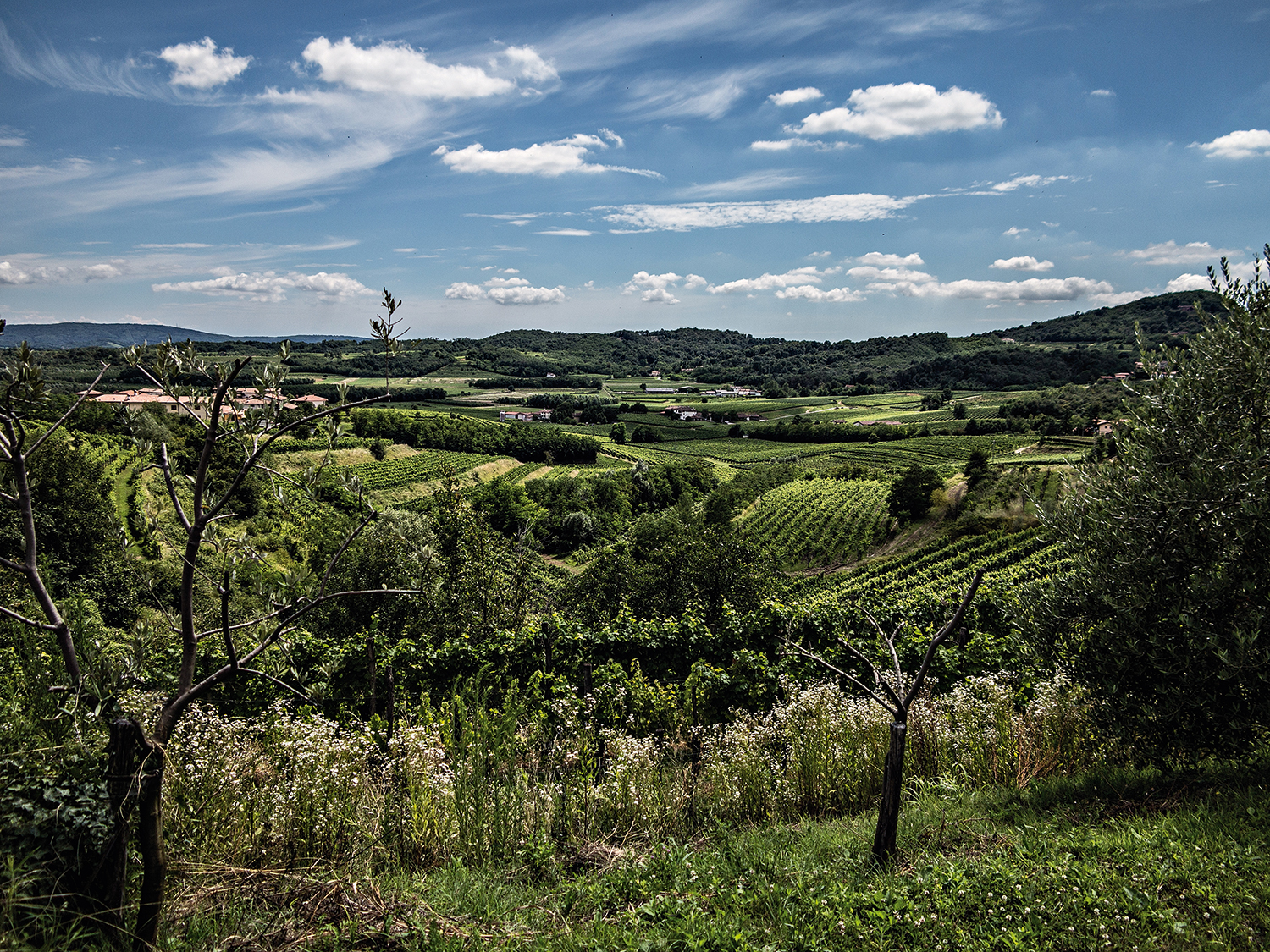
In the 18th century, cultivation of Glera expanded throughout the hills of Veneto and Friuli and later spread to the lower areas of Veneto and Friuli. This is where the Prosecco we know today was first produced at the beginning of the 20th century, thanks to the introduction of new secondary fermentation technologies.
In addition to Glera, regulations allow the addition of a maximum of 15% of the following varietals: Verdiso, Bianchetta Trevigiana, Perera, Glera lunga, Chardonnay, Pinot Bianco, Pinot Grigio and Pinot Noir (as used to create Prosecco DOC Rosé).
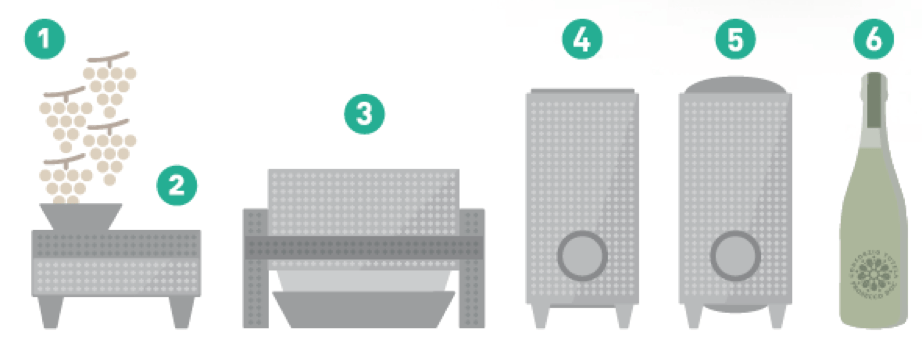
- The grapes are harvested during the first weeks of September when the organoleptic qualities (sugars, acidity, and aromatic substances) have reached their peak. During this process, it is important to avoid spontaneous fermentations.
- After the grapes have been picked, they are crushed. The grapes are separated from their stems in preparation for pressing.
- The free-run must is extracted from the grapes by soft pressing.
- Selected yeasts are used to start the white winemaking process, transforming the sugar in the grapes into alcohol and CO2. The action of the yeasts (fermentation) lasts for around 15/20 days at a maximum temperature of 18°C to preserve the delicate aromas of the grapes. After fermentation, the ageing process begins and the wine is racked and filtered.
- Secondary fermentation takes place using the Charmat method in large containers called autoclaves which keep the wine under pressure. This is the process by which the wine gets its famous bubbles. Toward the end of the secondary fermentation process, which lasts a minimum of 30 days, the temperature is lowered to stop fermentation, leaving enough residual sugar to guarantee balance and harmony. Secondary fermentation for Prosecco DOC Rosé lasts 60 days.
- The wines are finally bottled and labelled.
Depending on the level of pressure, Prosecco DOC can be Spumante (sparkling), Frizzante (semi-sparkling), or Tranquillo (still) depending on the perlage. In the wines designated Spumante, the pressure is above 3 bars; in those labeled Frizzante, the pressure is between 1 and 2.5 bars; and in those labeled Tranquillo, the pressure is lower than 1 bar. Prosecco DOC Rosé is always Spumante.
After undergoing primary fermentation, Prosecco Tranquillo is bottled, while the Frizzante and Spumante varieties continue to the final unique stage in the Prosecco process: secondary fermentation in pressurized stainless steel tanks.
Prosecco DOC is produced in four different styles, distinguished by the quantity of residual sugar in each. Classic Prosecco DOC ranges from Brut Nature (0-3 g/l of residual sugar), Extra Brut (3-6 g/l), Brut (6-12 g/l), and Extra Dry (12-17 g/l), and Dry (17-32 g/l). Prosecco DOC Rosé ranges from Brut Nature to Extra Dry levels.
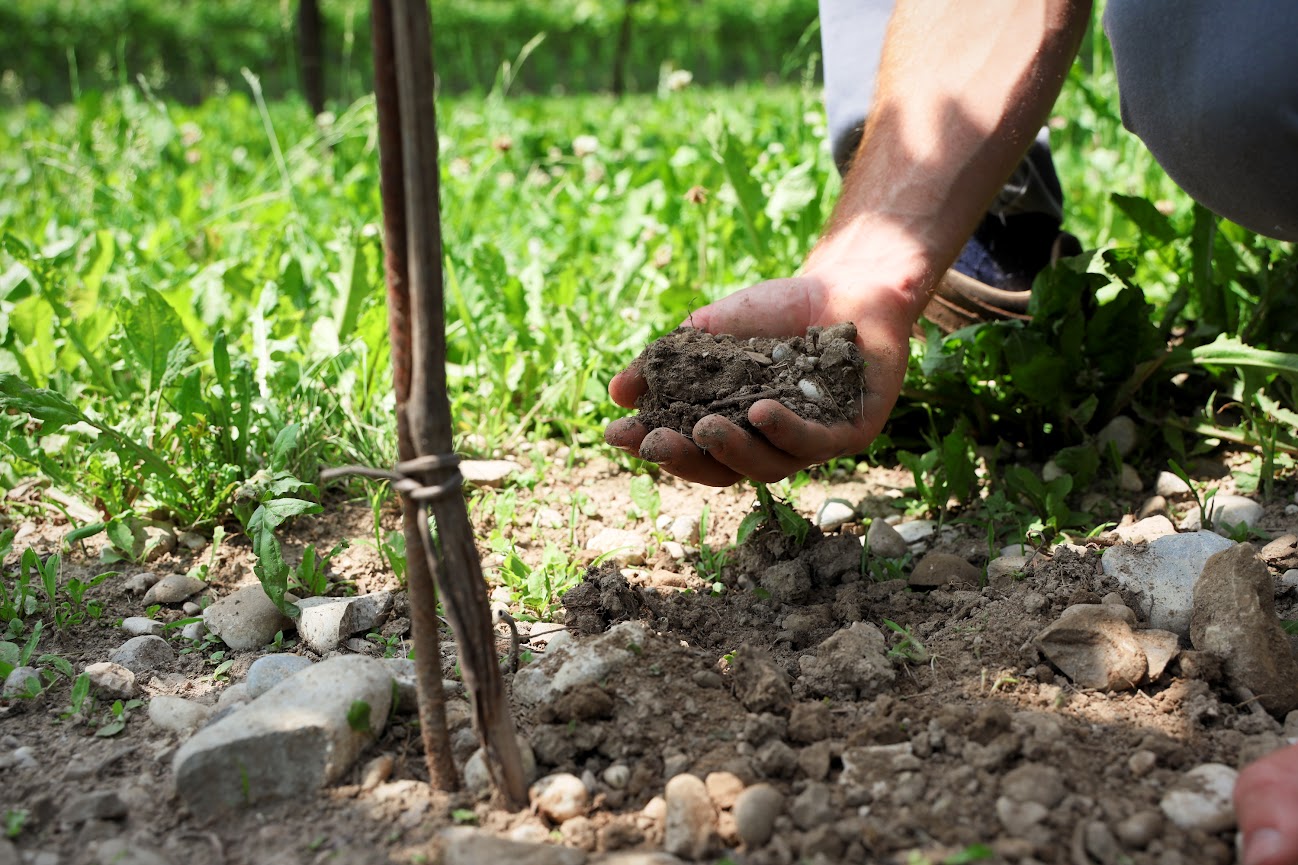
Prosecco DOC loves and respects its land. The commitment to a more sustainable future goes through innovative programs and strategies which focus on the environment and its protection on the one hand, and on ethical, social and economic responsibility on the other, aiming to maintain and increase the quality of the final product. It is necessary to intervene at every stage of the production chain and provide the right support to companies in order to facilitate change.The final goal of the Consortium is to achieve certified sustainability at a territorial level
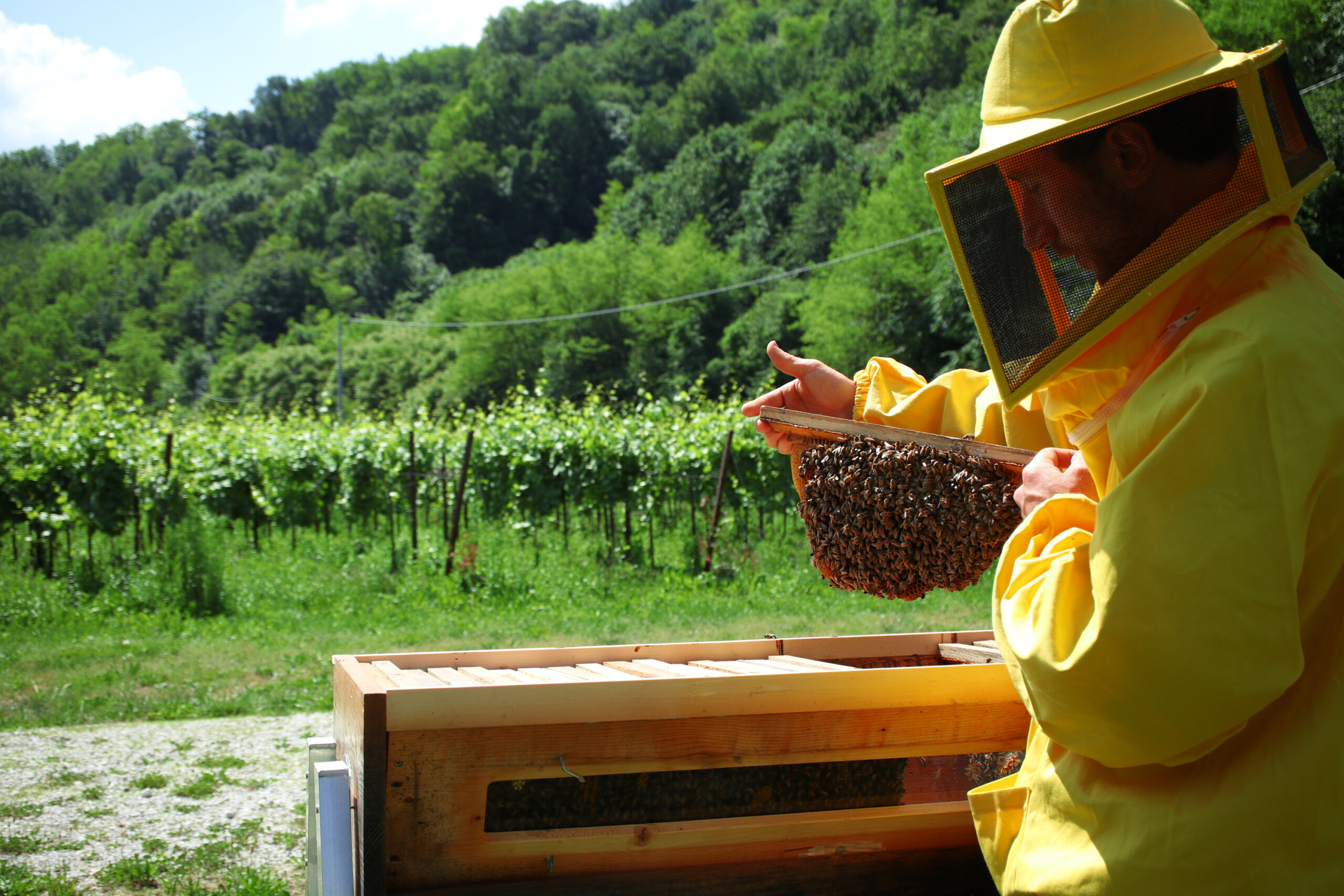
This is an aid tool to the correct management of the use of phytosanitary products in defending vineyards from parasites and controlling spontaneous weeds, highlighting the most appropriate practices and products.The document provides clear and precise guidelines for companies. These include the exclusion
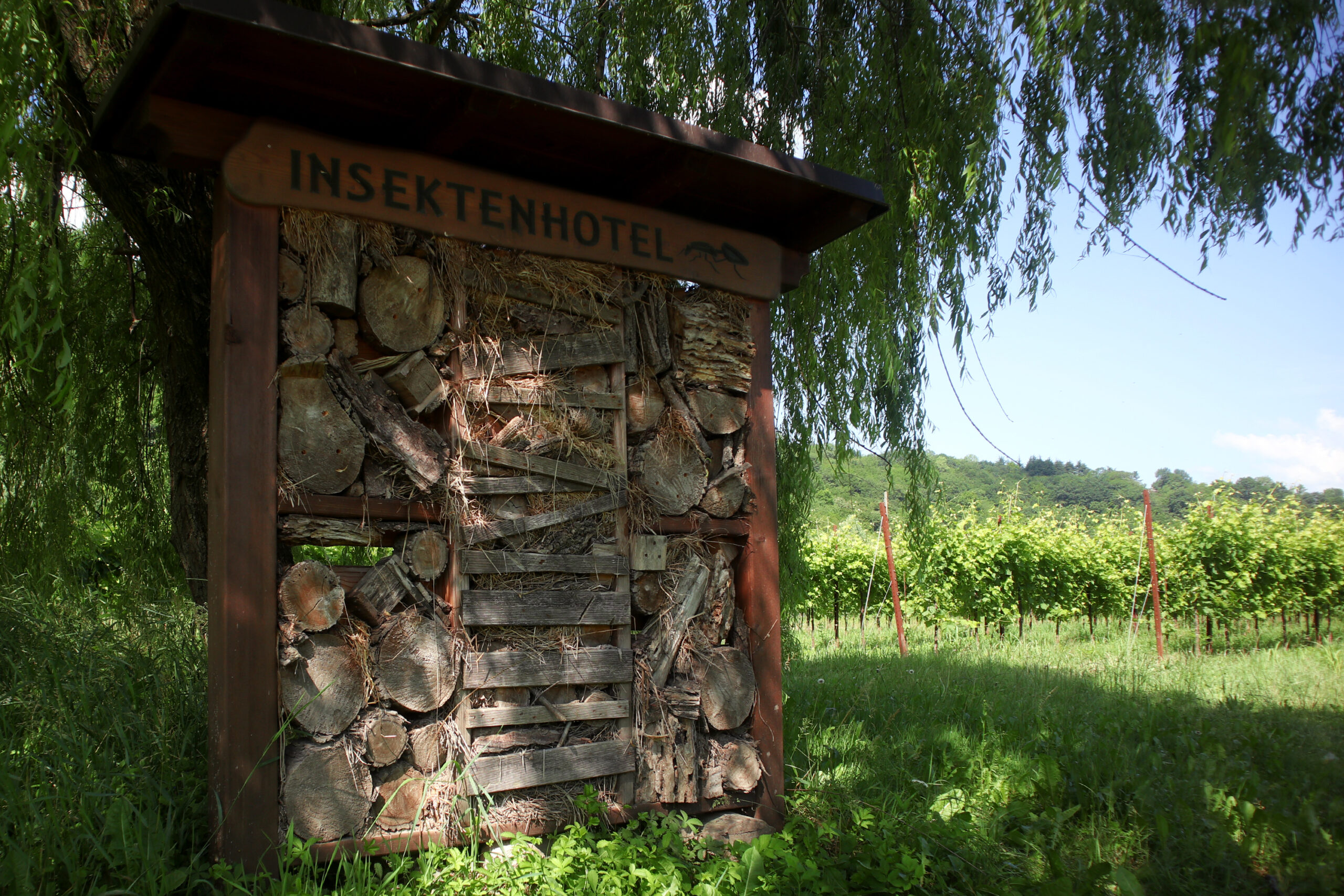
The project proposes to re-develop the Italian territory through projects for the forestation of new trees and the sustainable management of existing woods, involving public bodies and companies. In the territory of the DOC Prosecco it has meant creating a hedge or grove area of at least 5% of the vineyard. The approximately 1,500 companies that have already joined have planted 126,544 trees to date, equal to 76 hectares.

The Consortium, in collaboration with the software-house Apra and its partners Enogis and Analysis, has therefore developed a digital system bringing together vineyards and wineries data, which is sent to a carbon and water-footprint calculator connected to the Consortium’s platform. This system allows the Consortium to calculate the environmental indicators of the Denomination, as well as the ones of each individual vineyard or winery.
Thanks to this project, it will be possible to collect data on the environmental, social and economic impact and to select the best practices to be added to the system, with a view to continuous improvement. The aim is to transfer the know-how and the technologies identified to as many companies as possible in the Prosecco DOC territory since it is possible to get a territorial sustainability certification(Equalitas), involving at least 60% of the Prosecco Doc vineyards.
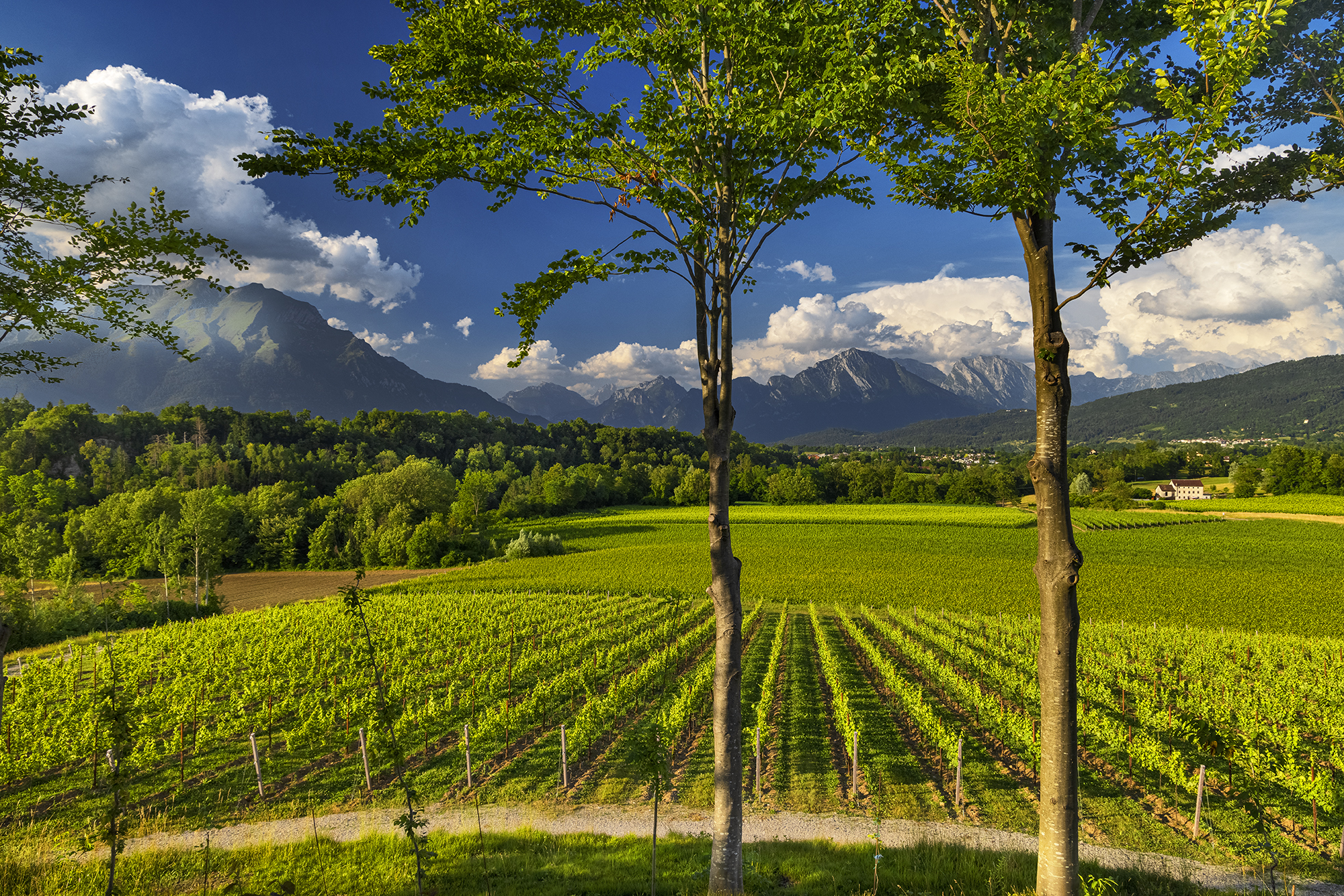
Alongside the ‘classic’ zoning, new remote sensing techniques are also being introduced. These technologies can make a valid contribution to large-scale analyses by monitoring and differentiating the state of the crops, climate and soil at strategic moments.Once the areas have been established, it will be possible to go on to plan different types of precision intervention, suitable for that specific area. The aim is precisely that of characterizing the DOC, creating a viticultural management model for each homogeneous area identified, which includes the development of models of sustainable cultivation.

